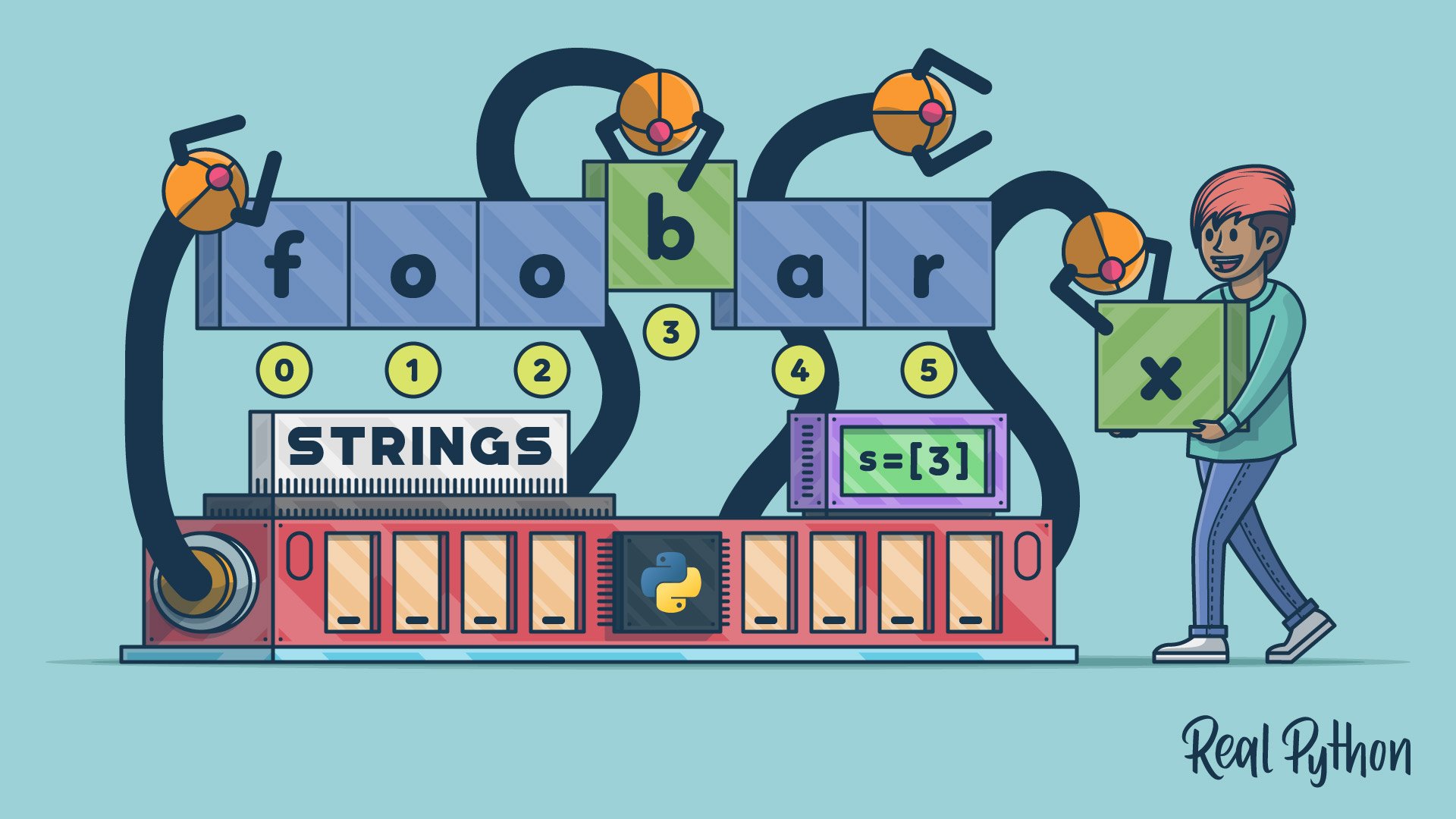

- #ACTION STRINGS NOT TRIGGERING NEW PATTERNS HOW TO#
- #ACTION STRINGS NOT TRIGGERING NEW PATTERNS CODE#
- #ACTION STRINGS NOT TRIGGERING NEW PATTERNS SERIES#

Implement the Deconstruct method with a bunch out parameters. As long as these methods are found, you are good.
#ACTION STRINGS NOT TRIGGERING NEW PATTERNS SERIES#
C# compiler creates a series of method calls.

Implement SelectMany, Select, Where, GroupBy, OrderBy, ThenBy, Join. Implement GetEnumerator method to make you custom type work with foreach. Let’s see examples of such patterns in C#.
#ACTION STRINGS NOT TRIGGERING NEW PATTERNS CODE#
So if you’ve got a pattern right, than, the compiler will do its magic and generate some code for you. Duck-typing is great when strongly-typed approach impedes too many limitations or you want to keep your code clean and tidy. Instead, we could follow some well-known conventions inferred by the compiler to plug or glue some functionality together. Basically, it means that a developer doesn’t need to implement interfaces or inherit classes explicitly to achieve some pluggable behavior. Numerous C# features are based on duck-typing and patterns inferred by the compiler. As result, we will be able to write linear, concise, and composable code with the possibility to have control over task scheduling.
#ACTION STRINGS NOT TRIGGERING NEW PATTERNS HOW TO#
In the code examples listed in this article, we saw how to use these options to concatenate strings.Ĭontinue reading more, Most Common C# String Code Examples.We’ll focus on the extensibility points of the C# compiler to customize the behavior of async methods and task-like types. NET provide various options to concatenate strings. The output of the above code looks like Figure 4.Ĭ# and. The following code example creates a string of numbers from 0 to 999 and each number is separated by a comma and a space. The following code snippet creates a StringBuilder and appends 3 strings. StringBuilder constructor can take a string or can be no arguments. You must either import this namespace in your class or reference is direct in the object instantiation. StringBuilder class is defined in the System.Text namespace. StringBuilder is not recommended for a few string concatenation operations. StringBuilder is highly recommended if you have more than a few hundred string concatenation operations in your code. NET provides the class that can be used to modify strings without creating new string objects. That means in a string manipulation heavy code, if strings are not used wisely, it could lead to some serious app performance issues. The more string methods you use to manipulate strings, the more memory space will be allocated in memory. That means, a memory space is allocated for that new string in your computer memory. What does that mean? It means every time you use one of the String class methods, no matter if you use the same variable or a new variable, a new string object is created in memory. The output of Listing 10 generates Figure 3.įigure 3. Syntax of string interpolation starts with a ‘$’ symbol and code variables are within a bracket is replaced by the second object passed in the method and so on. String interpolation is a method to concatenate variables as a part of a string. For string variables, concatenation occurs only at run time. Note: For string literals and string constants, concatenation occurs at compile time no run-time concatenation occurs. Result of Listing 1 is displayed in Figure 1.

String name = firstName + " " + lastName The following code example concatenates two string variables. The following code example in Listing 1 concatenates two strings and a special character. The simplest method of adding two strings in C# is using + or += operators. Here are the 6 ways to concatenate strings in C#. The code examples demonstrate various methods to concatenate strings, insert string, append string, and merge strings using C# String class and its methods. The String class provides several ways to add, insert, and merge strings including + operator, String.Concate(), String.Join(), String.Format(), StringBuilder.Append(), and String Interpolation. That means, even if you use same string variable, after every operation, a new string object is created.Īdding strings is a common operation in C# and. The String class provides several ways to add, insert, and merge strings including + operator, String.Concate(), String.Join(), String.Format(), StringBuilder.Append(), and String Interpolation.Ĭoncatenating strings is appending or inserting one string to the end of another string. Adding strings is a common operation in C# and.


 0 kommentar(er)
0 kommentar(er)
